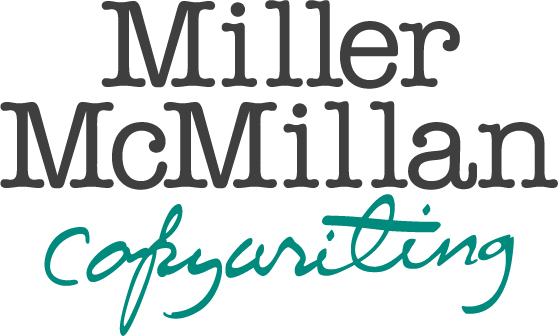In my experience, the most effective way to launch a creative project is to write a creative brief. It’s a one-page description of the project that includes a consensus of client leadership about what should be included.
Too often I have seen a CEO or other executive return from vacation, take a first look at the project, and hate it. That’s really fun for the creatives that made it.
Here are some of the important things to include in a creative brief.
Description of the product or service.
What does it do?
What does it do better than the competition?
How does it solve a problem and benefit the user?
What defines the brand?
How does the new offering relate to the brand?
What are the goals of the assignment?
Is there a consensus among client leadership?
Whom should be contacted for more information?
Where else can the agency team learn more?
This may look like a lot of deep thinking and you may dread embarking on this voyage. Be assured it is worth your time to have a firm set of coordinates, as you are likely to avoid headwinds or running aground. I don’t promise any of this, but I have seen it work many times. And I have definitely listened to plenty of orators.
Some clients just want to talk, and I really don’t mind. I once worked with an investment expert who hired me to write text for a website about ETFs. This term was not in my vocabulary. Was ETF the airport symbol for Ethiopia? Was it a new text abbreviation (ABRV) that everyone knew except me? Did it mean Extrasensory Translucent Flexiloquence? I hoped not. The fact that I did not know the term didn’t bother the client. He liked my site and sensed that I could grasp something brand new and help him get a great product. Which he did.
As it turned out, I listened for two hours and learned volumes about stocks, bonds, trading, fees, risk tolerance, allocations, sectors, the realities of managed fund investments … and Exchange Trading Funds. Like most subjects that are unknown to me, this one was fascinating. The client was a former hedge fund manager and it became obvious that he was a genius. I listened and learned, practically overnight.
So, taking ETF 101 and 102 was well worth my time. In fact, I later used this education to totally reshape my IRA. I switched many investments to ETFs, which are essentially index funds that trade on the stock market.
Along the way, the client reached out again for help with editing his new book.
So, talking is okay. It can start a relationship. But a brief is easier to grasp, can be passed around, and is a point of reference throughout a project. Written well, it is a primer for creative excellence.
So how have creative briefs borne fruit for me? While not all of my work has evolved from a create brief, much of it has — especially the video work.
Have a look and enjoy:

